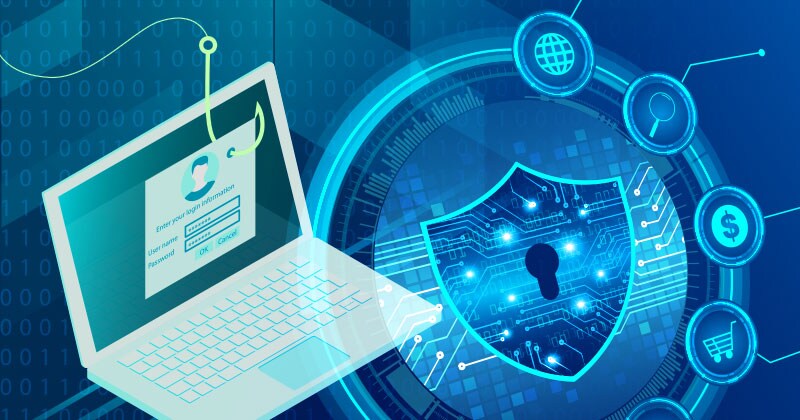This website stores cookies on your computer.
These cookies are used to collect information about how you interact with our website and allow us to remember you. We use this information in order to improve and customize your browsing experience and for analytics and metrics about our visitors both on this website and other media. To find out more about the cookies we use, see our Privacy Policy.
Don’t Wait. Protect Your Organization Before Windows 10 End of Support.
Cybersecurity Solutions
Security Best Practices for Remote Workers
Whether your organization’s transition to remote work was unplanned or not, supporting a large number of remote users presents a number of security challenges. In order ensure you can continue normal business operations in the event of a sudden move to remote work, it’s important to have a comprehensive strategy, not only for giving your workers the tools they need to do their jobs, but also to make sure your data infrastructure remains secure. And there’s no room for error: the average cost to recover from a security breach in the U.S. is $8.6M per breach.1What can you do to better protect your users and your organization? We’ve put together a guide to security best practices specifically focused on remote workers. From ensuring you have the right videoconferencing solution to identifying malicious social engineering attacks, we have the information you need to put together a security strategy that works for your entire organization.
1 IBM Report "Cost of a Data Breach in 2020" https://www.ibm.com/security/data-breach

Create Your Security Strategy Today
Phishing and other social engineering attempts are on the rise as bad actors look to take advantage of the new remote work force. To download our white paper about how you can better secure your organization, fill out the form below.
Thank you for interest in Security Best Practives for Remote Workers. Please check your email for your copy of the white paper.
Batch Add Products by Item #
10